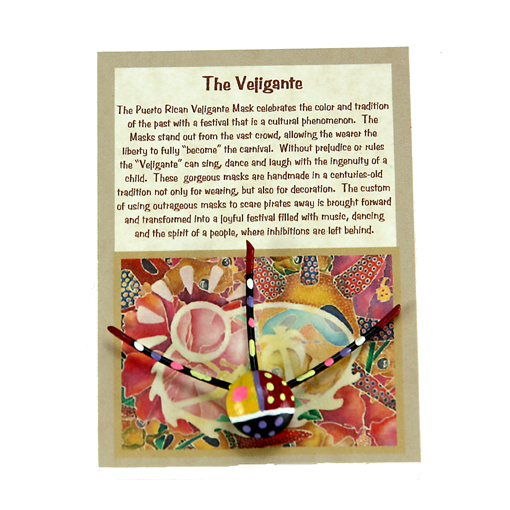Food & Recipes
The History Behind Iconic Caribbean Dishes
The Caribbean is a melting pot of cultures, histories, and traditions, which is reflected vividly in its cuisine. Known for bold flavors and rich spices, Caribbean dishes tell a story of resilience, adaptation, and fusion. This culinary tradition is deeply rooted in the region’s complex history, shaped by indigenous practices, colonization, African influence, and waves of migration from Europe, Asia, and beyond.
Indigenous Roots of Caribbean Cuisine
Before European colonization, the indigenous Taíno, Arawak, and Carib peoples inhabited the islands. They had developed agricultural systems centered around staples like cassava, maize, and sweet potatoes. They were also skilled in fishing and hunting, using natural resources to create sustainable diets. One notable contribution of the Taíno people is the barbacoa, the precursor to modern barbecue. This cooking method involved slow-cooking meat over an open flame, imparting a smoky flavor that remains integral to Caribbean cuisine.
Peppers, including the fiery Scotch bonnet, were also part of the indigenous pantry. These ingredients provided the foundation for many dishes that are now synonymous with the region. The native populations used these ingredients to prepare meals that were both flavorful and practical for their environment.
European Influence: The Seeds of Change
With the arrival of European explorers and colonizers, Caribbean cuisine underwent a dramatic transformation. The Spanish, Portuguese, French, Dutch, and British all introduced new ingredients, cooking methods, and cultural practices to the islands. Wheat, sugarcane, and citrus fruits were among the most significant imports. Sugarcane, in particular, became a driving force in the Caribbean’s agricultural economy and profoundly impacted its culinary landscape.
The Europeans also brought livestock, such as cattle, pigs, and goats, which diversified the protein sources available to local communities. This influence is evident in dishes like pasteles (a Puerto Rican dish resembling tamales, derived from Spanish culinary traditions) and stews like sancocho, which reflects Spanish and African heritage.
The African Legacy in Caribbean Food
The transatlantic slave trade brought millions of Africans to the Caribbean, and their influence on the region’s cuisine is unparalleled. Forced to adapt to new surroundings and limited resources, enslaved Africans recreated familiar dishes using local ingredients. Okra, yams, plantains, and callaloo were staples in African diets that became essential components of Caribbean cooking.
One of the most significant culinary contributions from Africa is the technique of marinating meat with a blend of spices and herbs, a practice that evolved into jerk seasoning. Today, jerk chicken and pork are iconic dishes of Jamaica, representing a unique fusion of African and indigenous traditions.
Other popular dishes, such as rice and peas, have clear African roots. The pairing of rice with legumes was common in West African cooking and became a staple in the Caribbean. The use of coconut milk in rice dishes is another African influence, adding a creamy texture and distinctive flavor.
Indian and Chinese Contributions
Indentured laborers from India and China arrived in the Caribbean during the 19th century after the abolition of slavery. They brought with them a rich culinary heritage that further diversified the region’s food culture.
Indian laborers introduced spices such as turmeric, cumin, and coriander, which became staples in Caribbean kitchens. Curry dishes, such as Trinidadian curry goat and Jamaican curry chicken, are direct descendants of Indian cuisine. The concept of roti, a flatbread used to wrap flavorful fillings, also originated from Indian laborers and remains a popular street food across the region.
Chinese immigrants contributed to the evolution of fried rice dishes and introduced ingredients like soy sauce and ginger. Their influence is particularly noticeable in dishes like Guyanese chow mein, a Caribbean take on the classic Chinese noodle dish.
Creolization of Caribbean Cuisine
The blending of various culinary traditions gave rise to what is now known as Creole cuisine, which encapsulates the essence of the Caribbean. Creole cooking is characterized by the use of local ingredients, bold spices, and creative techniques that reflect the region’s diverse heritage.
Haitian cuisine, for example, showcases Creole influences through dishes like griot (fried pork) and legim (a vegetable stew). Similarly, dishes like Trinidad’s doubles—curried chickpeas served in fried flatbread—are a testament to the region’s multicultural roots.
The French islands, such as Martinique and Guadeloupe, have a unique take on Creole cuisine that incorporates European techniques with tropical ingredients. Bouillabaisse-inspired fish stews and desserts made with rum and tropical fruits highlight the French contribution to the region’s culinary repertoire.
The Role of Migration in Preserving Traditions
As Caribbean people migrated to other parts of the world, they carried their culinary traditions with them, introducing global audiences to the region’s flavors. In cities like New York, London, and Toronto, Caribbean restaurants have become cultural hubs, serving dishes like oxtail stew, jerk chicken, and ackee and saltfish.
The preservation of these recipes is an act of cultural resilience. Despite the challenges of diaspora, Caribbean communities continue to honor their heritage through food, passing down recipes from one generation to the next. Social gatherings also play a role in this cultural continuity, with friends and family coming together to share meals and enjoy games, from classic board games and card games to local favorites like tongits, strengthening community bonds and keeping traditions alive.
Modern Innovations in Caribbean Cuisine
While traditional dishes remain central to Caribbean identity, chefs in the region and the diaspora are also reimagining classic recipes to suit modern tastes. Fusion cuisine, which combines Caribbean flavors with global techniques, has become increasingly popular. For instance, dishes like jerk tacos and rum-infused desserts offer a contemporary twist on traditional flavors.
Sustainability has also become a focus for many Caribbean chefs. By promoting local ingredients and farm-to-table practices, the region is embracing a culinary future that respects its ecological heritage while celebrating its past.
Conclusion
The history behind iconic Caribbean dishes is a testament to the region’s ability to adapt, innovate, and thrive despite its tumultuous past. From the indigenous barbacoa to the African-inspired jerk seasoning, from Indian curries to Chinese stir-fries, the Caribbean’s culinary traditions reflect the resilience and creativity of its people. Each dish tells a story, carrying with it the flavors of history, migration, and cultural fusion.
Today, these dishes are not just meals; they are symbols of identity, celebration, and community. The vibrant tapestry of Caribbean cuisine continues to inspire chefs and food lovers around the world, ensuring that its rich history remains alive in every bite.






